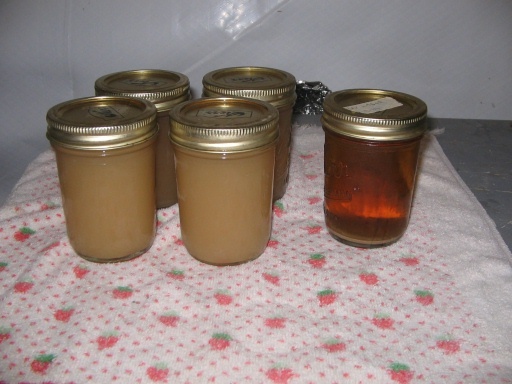jwalker1140
Well-Known Member
I just kegged a blonde ale and a cream ale. I screwed up washing the cream ale and only got two jars, but I don't think i'll be doing many more cream ales soon. Thanks for the Thread Bernie. Go Crew!
You do realize that you can use your washed yeast in types of beer other than the type it came from, right? I'm not trying to be condescending. Just want to make sure you get the full benefit from doing this. Currently, I'm fermenting an amber ale with 1056, which was washed from a blue moon clone, which was washed from a cream ale. And on it goes. Props again to Bernie! This is an awesome thread.






